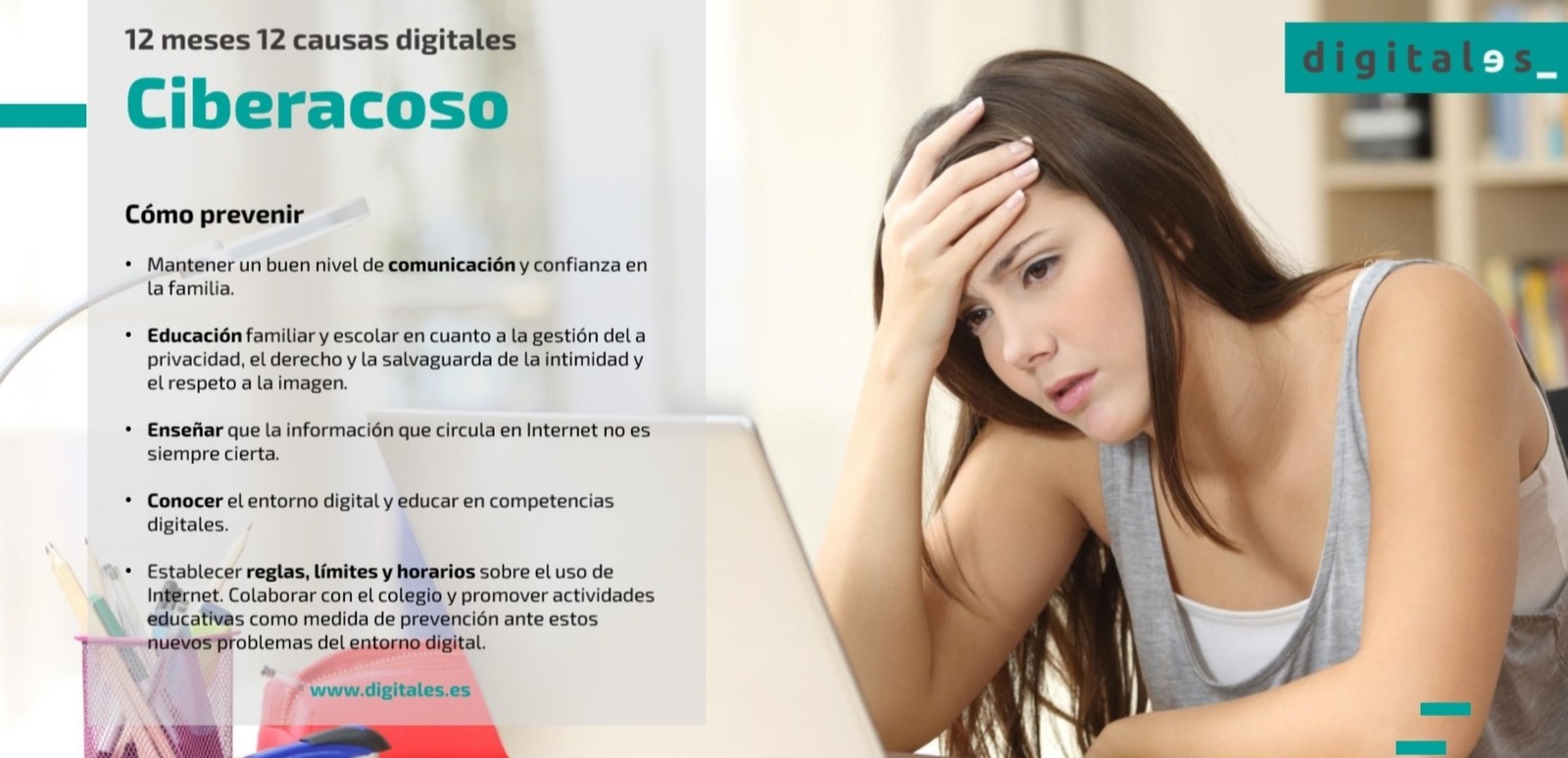15/03/2018
75% of young people who suffer cyberbullying prefer not to tell. The figure is shocking and shows the magnitude of the problem. If we do not know of its existence, how can we fight it efficiently?
This is not an easy task. To this end, DigitalES, Spanish Association for Digitalization, has compiled a series of tools that can be useful when facing the challenges of the digitalization process. a problem that affects at least 24% of young people, and is particularly virulent among girls aged 11 to 14.
The work is part of the ’12 months 12 digital causes’ program, developed by the group Vida Digital, where different experts analyze the concerns surrounding the use of technology in society, trying to answer the doubts caused by a new reality that is being imposed in our lives and that has to do with the digital transformation and the opportunities and threats that coexist in it.
But first of all, it is important to define what cyberbullying is. By this is meant any bullying behavior that takes place “virtually” across many different types of devices and platforms. Currently, 75% of these aggressions are carried out through WhatsApp, while 37% of the cases are through social networks .
Unlike other forms of harassment, it can occur at any time of the day or night, as long as there is access to the Internet. And it’s not just WhatsApp messages or insults on social networks, it can also be shown in different ways: inappropriate messages or blog posts, sending offensive images over the Internet, excluding people from group chats… It is important to remember that even if it is through virtual channels it is still harassment and should be treated as such.
How to fight it? There is no magic formula or single solution, but the best option is prevention and education in digital skills. Teaching that the information circulating on the Internet is not always true, knowing the digital environment and establishing rules and schedules on the use of the Internet can be of great help in combating cyberbullying.
Useful tools
In view of the fact that cyberbullying exceeds the times and spaces in which the school day is established, families and the educational system must articulate a coordinated strategy to educate minors and young people in the responsible use of social networks. Otherwise, intolerance and cyberbullying will continue to win the day.
The Telematic Crimes Group (GDT) of the Civil Guard indicates that parental control tools are effective and necessary for younger users, children up to approximately 10-12 years of age. By this age, the adolescent should have learned to distinguish for himself the harmful contents and the behaviors to avoid.
Some of these tools are:
– Movistar ProtectsMulti-profile and multi-device parental control service that provides a safer online experience for minors: page blocking and limitation of browsing by time zone, panic button and geolocation, application control, call blocking, review of social networks and shared content.
-Orange’s Por un uso Love de la Tecnología program holds workshops in its stores aimed at parents who want to educate in the safe use of technology. To be aware of risks and dangerous situations. And learn how to act and prevent
– Vodafone’s Be Strong Online program offers users a set of informative modules that provide answers to numerous issues related to the digital life of young people.
– Smart Privial: The application has been developed by Pantallas Amigas with the support of Red.es and the collaboration of the main Spanish operators. SmartPrivial is an educational resource in app format that, in the form of a video game, aims to provide information and raise awareness about privacy and security on the Internet and connected devices.











